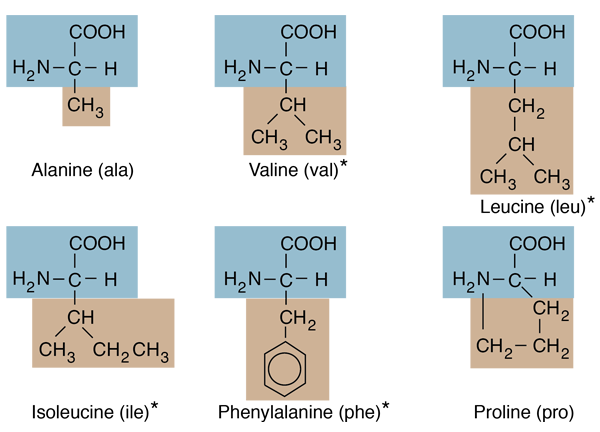

L-Tryptophan (cat # T-8941) L-tyrosine (cat # P-2126) and L-phenylalanine (cat # T-3754), bovine serum albumin, BSA, (cat # A-0281), dibasic potassium phosphate (cat # P-3786) and sodium hydroxide (cat # S-5881) were purchased from Sigma-Aldrich Chemicals (St. All fluorescent measurements in this treatise were made using this capability of the reader. Using a delay setting of zero allows us to take advantage of this ability to provide excitatory light in the UV range for conventional fluorescence measurements. In addition to a rapid cessation of light, the xenon-flash lamp has the added benefit of providing output in the UV wavelength range. When in time-resolved mode, the user has the ability to control the time between the cessation of excitation and the initiation of fluorescence measurement (delay time), as well as the length of time the fluorescent signal is accumulated (collection time). The excitation filter cartridge is replaced with the TR-cassette that, in addition to directing the light from the different light source to the microplate, can also hold a single excitation filter if necessary.

When the reader is used in time-resolved mode it automatically switches to the xenon-flash lamp light source with a monochromator to select wavelength. When the reader is in conventional fluorescence mode, it uses a tungsten-halogen lamp as a light source and band-pass filters in a filter wheel cartridge to provide wavelength specificity. A Synergy HT configured for time-resolved fluorescence is capable of measuring fluorescence in either the conventional mode where the fluorescent emission is measured with the excitation source still present, or in time-resolved mode where the fluorescence is measured at some point following the cessation of excitation. The Synergy HT utilizes a unique dual optics design that has both a monochromator/xenon flash system with a silicone diode detector for absorbance and a tungsten halogen lamp with blocking interference filters and a PMT detector for fluorescence. The Synergy HT multi-detection microplate reader is a robotic compatible microplate reader that can measure absorbance, fluorescence, and luminescence. Fluorescent Characteristics of the Aromatic Amino Acids. Due to tryptophan’s greater absorptivity, higher quantum yield, and resonance energy transfer, the fluorescence spectrum of a protein containing the three amino acids usually resembles that of tryptophan. Phenylalanine is very weakly fluorescent and can only be observed in the absence of both tryptophan and tyrosine. Tyrosine fluorescence has been observed to be quenched by the presence of nearby tryptophan moieties via resonance energy transfer, as well as by ionization of its aromatic hydroxyl group. While tyrosine is less fluorescent than tryptophan, it can provide significant signal, as it is often present in large numbers in many proteins. Tyrosine can be excited at wavelengths similar to that of tryptophan, but emits at a distinctly different wavelength. This phenomenon has been utilized to study protein denaturation. For this reason, tryptophan residues buried in hydrophobic domains of folded proteins exhibit a spectral shift of 10 to 20 nm. As the polarity of the solvent decreases, the spectrum shifts to shorter wavelengths and increases in intensity. However, the fluorescent properties of tryptophan are solvent dependent. Tryptophan is much more fluorescent than either tyrosine or phenylalanine. These residues have distinct absorption and emission wavelengths and differ in the quantum yields (Table 1). The three amino acid residues that are primarily responsible for the inherent fluorescence of proteins are tryptophan, tyrosine and phenylalanine (Figure 1). Chemical Structure of the Aromatic Amino Acids. There are also special proteins such as Green Fluorescent Protein, which has an internal serine-tyrosine-glycine sequence that is modified post-translationally and is fluorescent in the visible light region.įigure 1. These moieties have a common trait in that they all contain aromatic ring structures that absorb UV light for excitation. Many enzymatic cofactors, such as FMN, FAD, NAD and porphyrins, which are also intrinsically fluorescent, add to the protein fluorescence. Proteins and peptides, with aromatic amino acids are intrinsically fluorescent when excited with UV light. D., Senior Scientist, Applications Dept., BioTek Instruments, Inc.Įukaryotic and prokaryotic cells contain a number of compounds that are fluorescent with UV light excitation.


 0 kommentar(er)
0 kommentar(er)
